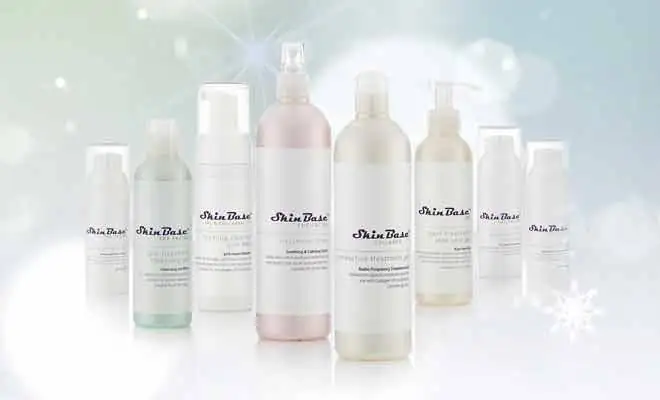Well, with all the talk of contouring, sculpting, bronzing – beauty’s latest buzzwords – it seems like some beauty staples, such as the humble blush end up being overlooked. But no, no, no girls – this is such a mistake! Blusher can do so many amazing things for your face if applied correctly! Bronzer and highlighter’s subtler cousin, blush can help to boost your complexion and enhance your natural glow with just a simple swipe of colour. So, this guide is for you!
Choose the right type:
Just like foundations, blushers also have different levels of coverage. Try the sheer finish that gels and creams offer if you prefer a subtler look.
Powders are very versatile in coverage and are good for oily or combination skin types. Mineral varieties can be slightly lighter than a standard powder if that’s what you prefer or if you want a more noticeable look try highly pigmented powder blushes. To keep powders looking natural, avoid blushers that are overly shimmery.
Try a stain if you want a high-impact flush – but be aware that they will need to be blended well on first try because they dry so quickly. Their lightweight consistency means they have great colour economy and work well on bare skin.
Apply it the right way:
Application can really make or break blush. Use a brush to effectively apply cream blusher as this will help to diffuse the pigment evenly and allows you to build up colour gradually.
Powder is easily applied, much like bronzer, but with much less pigment. Load the brush with colour and then tap it to get rid of any excess, and then swipe it from the cheek out towards the temple. Keep checking back and remember that sometimes less is more – too much blush will instantly ruin the look.
The right place to apply it:
Try to avoid applying blusher in the same way that you would bronzer – for example putting it on the top of your cheek gives it a more severe look. Try applying down the centre of your cheek toward the bottom of the cheek-bone for a wind-swept, more innocent look. The key to achieving a natural flush is applying it on and around the apples of your cheeks and lower.
Choose the right colour:
Don’t be tempted to just choose the prettiest pink – it is so important that your blusher matches your skin tone so that you look your best. As a rule – if you have a dark skin tone, then likely you will need a darker blusher. Try a soft berry or wine colour if you have a deeper skin colour and powder pinks are perfect for lighter skin tones. A good trick is to match the colour to your lips or to your skin colour after you pinch your cheeks or exercise.
So… are you feeling all ready to go with the beauty staple that is blusher? But keen to know more about where you should apply it according to your face shape? Cosmopolitan have a blog dedicated to this – and it’s really good! Enjoy!

